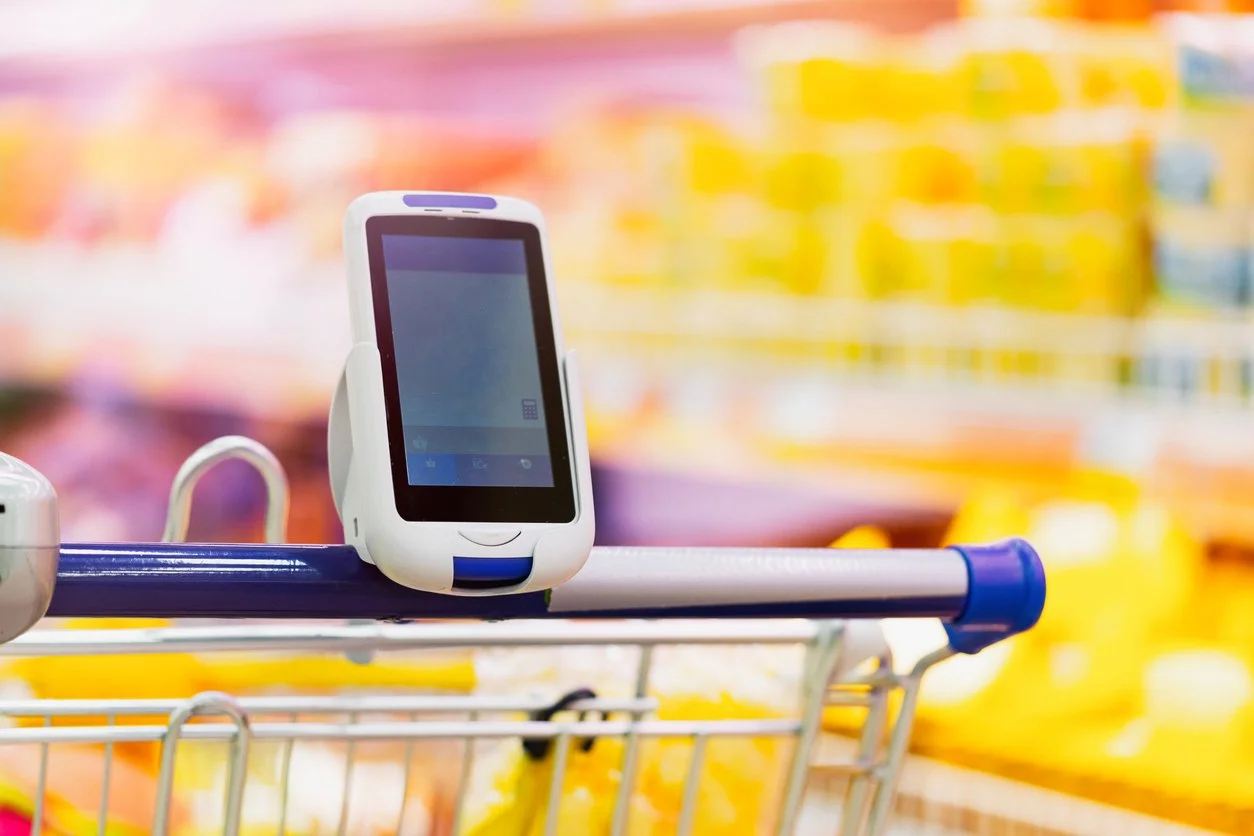Making Peace with the Grocery Store
A grocery trip can feel like another task on an already crowded list. Even when it’s meant to nourish, it often leaves people depleted mentally, physically, and energetically. But the way you shop shapes how you cook, how you eat, and how you feel through the week. With a few thoughtful shifts, your grocery routine can support you instead of drain you.
I’ll admit, grocery shopping used to stress me out. I often bought things I didn’t need and forgot the things I actually planned to cook. When I started bringing a list that aligned with my menu plan and adjusted it to the store layout, the whole experience became smoother. I moved through the aisles with less frustration, and my meals became easier to plan.
Even the checkout used to raise my blood pressure. I would take the time to organize my groceries carefully on the belt, only to watch everything get squished or tossed together. Luckily, here in Switzerland, I can use a handheld scanner when I enter the grocery store. It lets me organize my bags as I go, which keeps everything in place and makes checkout super quick. Unless, like today, the scanner flags me for a random check to make sure everything was scanned correctly. Of course, it was. I even got a small chocolate as an apology for the inconvenience. Everything stayed where it belonged, and I left the store smiling.
Over the years, I’ve learned that grocery shopping doesn’t have to drain your energy. It can actually become one of the simplest ways to create calm in your week. Here are five simple changes that not only save time but also bring more ease into your routine.
Choose Frozen Over Fresh When It Makes Sense
Fresh produce has a place, but it also comes with urgency. It requires washing, chopping, and using it up before it turns. That adds pressure to a week that may already feel full.
Frozen fruits and vegetables, on the other hand, are picked when they’re ripe and flash-frozen to lock in nutrients. They don’t require prep, they don’t spoil, and they’re ready on your time. Keep frozen spinach on hand for smoothies or throw frozen cauliflower into a curry. The convenience adds up. This change removes the need to plan your meals around produce that’s racing the clock. You save time, reduce waste, and gain flexibility.
Write Your Grocery List Based on the Store Layout
It’s easy to wander and end up with things you didn’t plan for. Even more common is realizing halfway through your trip that you forgot something on the other side of the store. Instead of writing your list randomly, map it to your store’s flow: produce first, then fridge items, pantry staples, and so on.
You’ll move through the store more smoothly, make fewer backtracks, and stay focused on what you actually came for. It might sound small, but the mental calm that comes from a predictable rhythm is worth it.
Let Go of Brand Loyalty for Staples
Brand names can feel like a default, but they often require comparison, second-guessing, and a few extra dollars. Store-brand staples like beans, rice, olive oil, and nut butter usually meet the same standards. In many cases, they even come from the same manufacturers.
Stock Up Strategically to Reduce Trips
If you find yourself at the store multiple times a week, you’re likely spending more time (and money) than you need to. Stocking up on non-perishables like oats, pasta, canned goods, and frozen staples gives you more breathing room.
That said, I still make smaller stops during the week for fresh ingredients like produce, herbs, or fish. I’ve learned that it’s not about limiting how often you shop, but about reducing the mental load that comes from feeling unprepared. Having staples on hand means those quick trips can stay light and enjoyable instead of stressful.
Try Curbside Pickup When Energy is Low
This option can feel like a luxury, but for many people, it’s a lifeline. Ordering online and picking up your groceries means less time in fluorescent lighting, fewer distractions in the aisles, and fewer decisions weighing on your already-full mind.
It also helps you stick to your list and avoid impulse purchases. When your cart is digital, you have more control over your budget and your bandwidth.
Even if you don’t use this every time, having it as an option can take pressure off the weeks when getting to the store just feels like too much.
These Shifts Matter
Many people share that grocery shopping is one of the most draining parts of their week, not because it’s physically demanding, but because of the invisible load it carries. Decision fatigue. Overwhelm. A sense of being behind before the week even starts.
These swaps don’t require a new diet or strict system; they simply lighten the load. Frozen produce cuts prep time and stress around spoilage. A route-based list keeps you anchored and efficient. Store-brand choices remove the pressure to get it right. Buying in bulk creates breathing room. Curbside pickup offers structure when you’re tired. Each of these options makes room for your energy to go somewhere more meaningful.
If this is new territory, keep it light and doable. You don’t need to implement everything at once. Choose one or two small shifts and see what happens.
When your food shopping routine feels calm and clear, the rest of the week often follows suit. Meals come together more easily. Planning gets simpler. You feel less reactive and more resourced.
That’s the real benefit: not just crossing a task off your list, but shaping your routines in ways that return energy instead of draining it.

